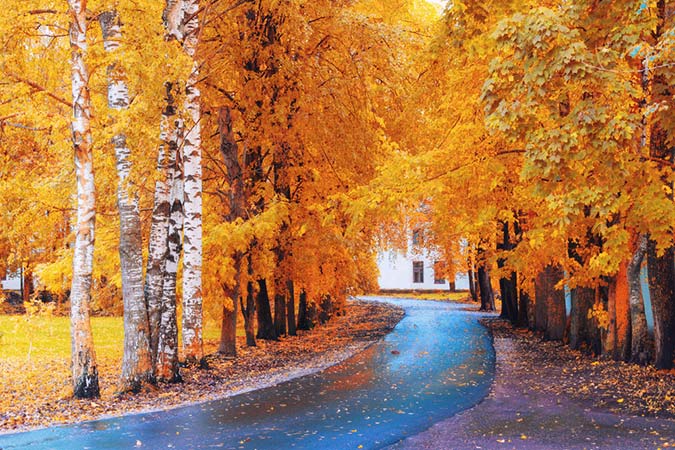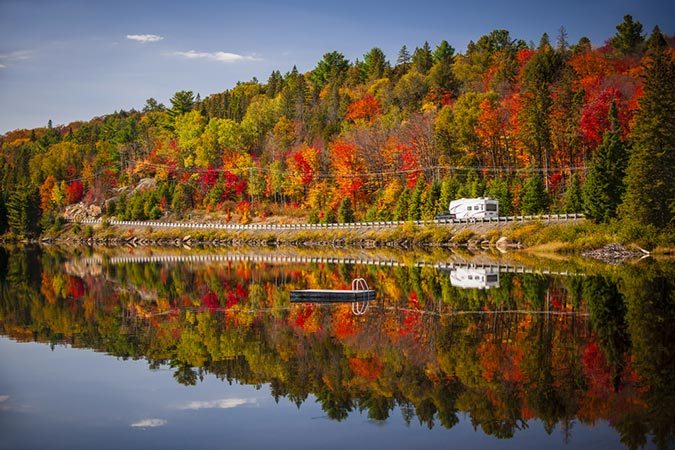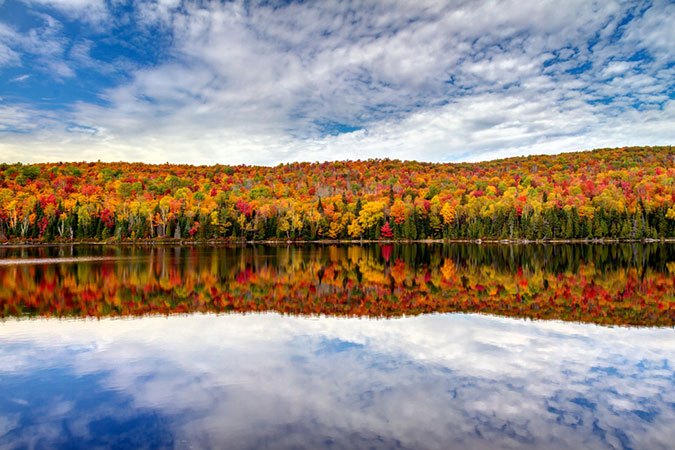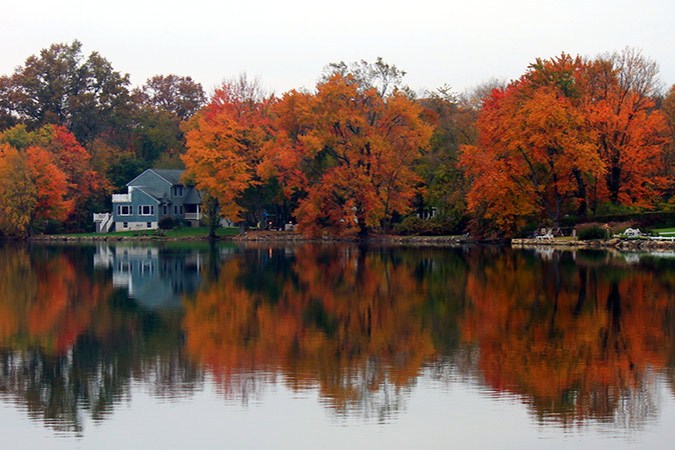
Fall is a seasonal favorite for countless nature and landscapephotographers, and with good reason. The rich, deeply saturated foliage makes such a compelling subject and the weather is super mild and inviting for an ambling afternoon in nature.
If you’re planning to schedule an outdoor photoshoot this autumn, here’s a quick list of tips worth referencing for how to take better fall photographs:
Try a Polarizing Filter
“The circular polarizer is one of my favorite filters for a wide array of photography opportunities,” says NYIP mentor Chris Corradino. “Not only can it help to darken a sky when the sun is high above, but it also does a terrific job at cutting the glare on non-metallic surfaces including glass, bodies of water, wet leaves and more.” (If you’re not at all sure how to use a polarizing filter, check out this comprehensive video)
In a bit we’ll discuss the best time of day for taking outdoor fall photos. Ideally, if you time things wisely you can avoid the bright, harsh effect of a directly overhead sun. However, if you’re unable to adjust your schedule accordingly and you’re stuck working beneath strong light, a polarizing filter can really help you achieve a better shot.

Getting a little creative with your foliage photography is a great way to stand out from the plethora of plain landscape shots other creatives are sure to capture this season as well.
Although traditional point and shoot cameras do offer working macrophotography capabilities, a single-lens reflex camera is such a convenient option for macro work, mostly because they allow you to attach macro-specific lenses, which is really what you’ll need in order to capture the best shot. Once you have your macrophotography gear ready, experiment with a variety of seasonal subjects- a pumpkin, a maple leaf, etc.

If you’re still having trouble capturing unique fall photos, try to avoid foliage and instead capture the feelings of the season from a more unique angle- something other photographers might miss as they opt for the classic local foliage-rich landmark.
Head to a farmers market, pumpkin patch or corn field and keep your eyes open for subjects less captured.

If you are interested in foliage more than anything else, incorporating reflection photography in your workflow is a great way to double the visual impact. “Pay no attention to the so-called rules of composition which find fault with a centered horizon line,” says NYIP mentor Chris Corradino.
“These guidelines were meant to be broken (when necessary), and this is an ideal scenario to do so. When you split the frame in half, the scene becomes beautifully symmetrical”





0 Σχόλια